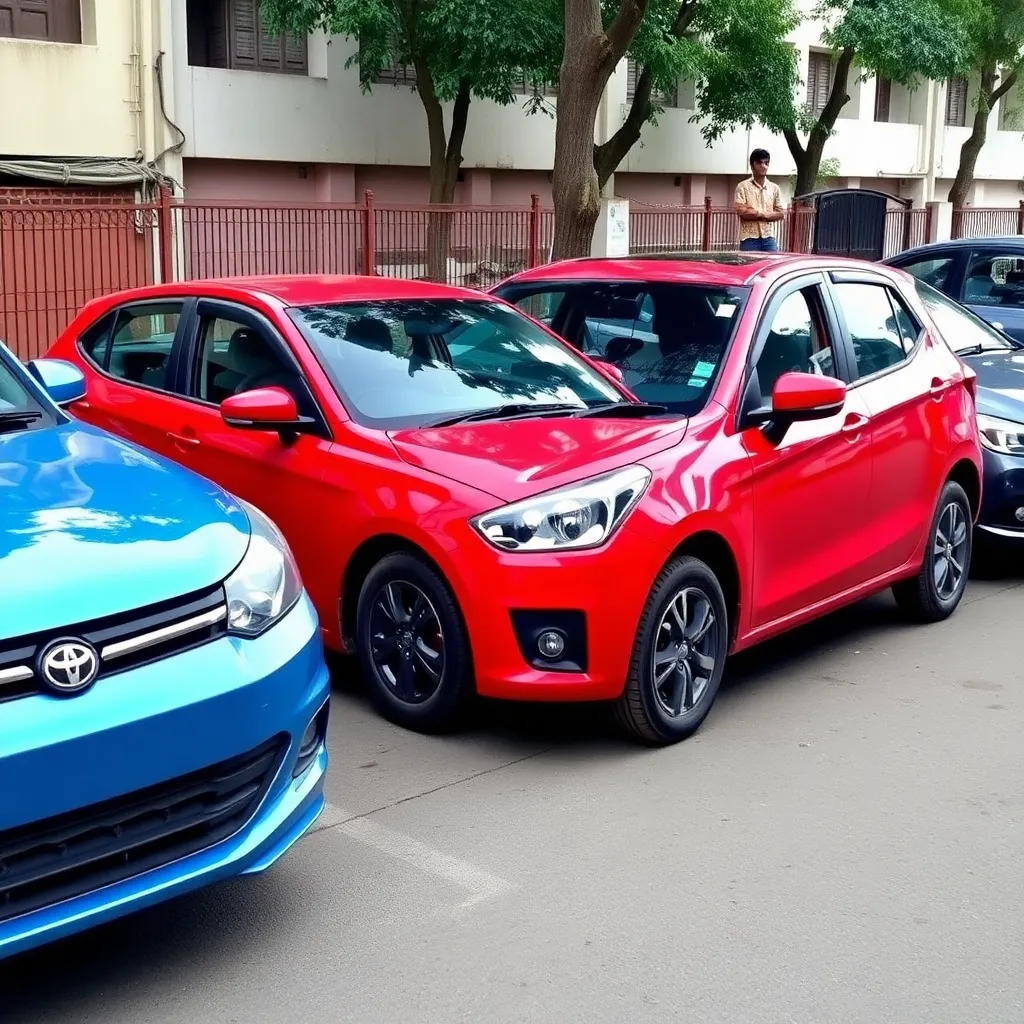
🚗 How to Buy a Second-Hand Car in India: A Complete Guide
Buying a second-hand car in India can be a smart and budget-friendly decision—especially with rising prices in the new car market. However, it requires careful planning, inspection, and paperwork to ensure you’re getting a good deal and not a lemon.
Here’s your step-by-step guide to buying a used car in India, whether you’re buying from an individual seller or through a trusted platform.
🔍 1. Define Your Requirements
Before diving into the market, determine:
- Your budget (including insurance and repairs)
- Preferred car type (hatchback, sedan, SUV, etc.)
- Fuel type (petrol, diesel, CNG, or electric)
- Daily usage (city drive, highway, or both)
- Must-have features (AC, power steering, infotainment, airbags)
Having clarity makes the search more efficient and avoids impulse decisions.
🌐 2. Research Trusted Platforms
Look for listings on reliable used car platforms where you can compare models, prices, seller details, and vehicle history.
One trusted platform is Laybach – a growing marketplace for pre-owned vehicles in India, offering verified listings, transparent pricing, and buyer support.
🔗 Visit Laybach to browse quality second-hand cars in your city with ease.
🧾 3. Check the Vehicle History
Always ask for and verify:
- RC (Registration Certificate)
- Insurance documents
- Service history (important for maintenance and repair records)
- Pollution Under Control (PUC) certificate
- Loan clearance papers (if previously financed)
- Any records of accidents or major repairs
You can also check the vehicle’s history using its registration number on government portals like VAHAN.
🧪 4. Physically Inspect the Car
Take a mechanic or a knowledgeable friend and inspect:
- Exterior: dents, rust, mismatched paint, tire wear
- Interior: seat condition, AC, electronics, infotainment system
- Under the Hood: engine leaks, oil level, battery health
- Test Drive: Listen for noises, check gear shifts, brakes, suspension, and engine response
Don’t rush this step—spend at least 20–30 minutes inspecting and driving.
📉 5. Verify Mileage vs. Age
An average car runs 10,000 to 15,000 km per year. If a 5-year-old car has just 20,000 km on the odometer, be skeptical—it could be tampered. Use the service history to cross-check mileage claims.
📝 6. Negotiate the Price Smartly
Use points like:
- Car age and mileage
- Tyre condition
- Pending repairs
- Market resale value
- Upcoming service costs
Always check what similar models are selling for on platforms like Laybach to benchmark a fair price.
🗂️ 7. Complete Paperwork Properly
Once the deal is finalized:
- Sign Form 29 and Form 30 for ownership transfer
- Get a sales affidavit with seller and buyer signatures
- Ensure the RC is transferred to your name via the RTO
- Update insurance under your name
- Submit a copy of all documents to the RTO
🚨 Pro Tip: Until ownership is legally transferred, the previous owner is liable for any legal or traffic violations.
🛡️ 8. Get It Serviced & Insured
After purchase:
- Take the car for a complete service and fluid check
- Replace essentials like engine oil, brake pads, air filters, etc.
- Get a comprehensive insurance policy (even third-party insurance is mandatory in India)
📌 Final Thoughts: Be Smart, Be Safe
Buying a used car can save you money, but only if done right. Do your research, never skip inspection, and ensure complete documentation. Whether you’re a first-time buyer or upgrading on a budget, the used car market in India offers many gems—if you know where to look.
🔗 Start your search with Laybach – a trusted platform offering quality second-hand cars across India, with verified listings and smooth transactions.





